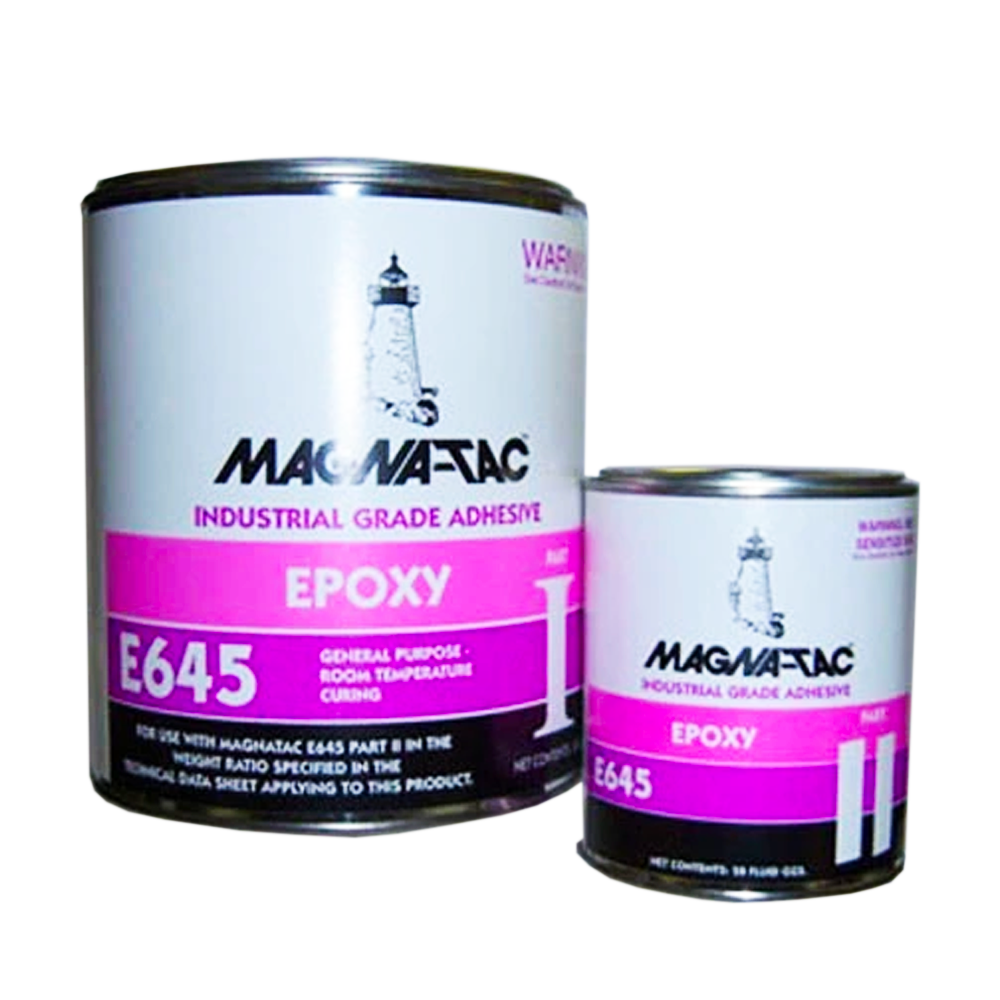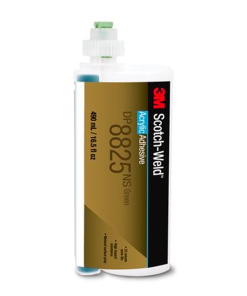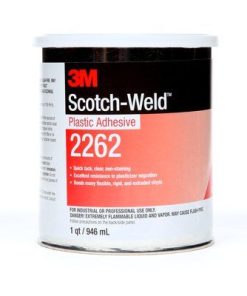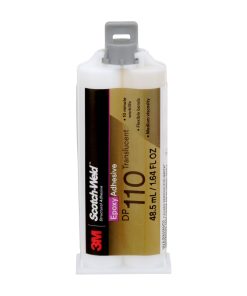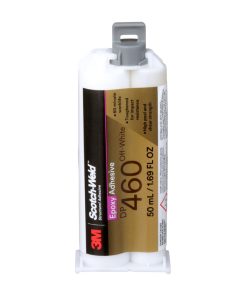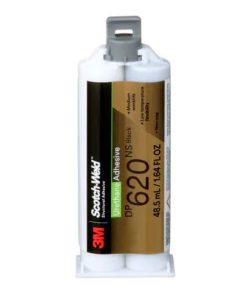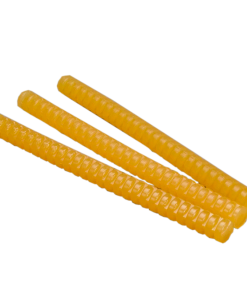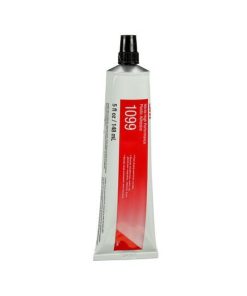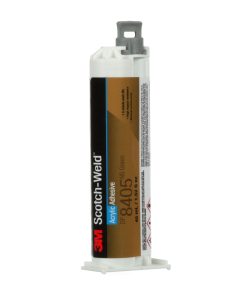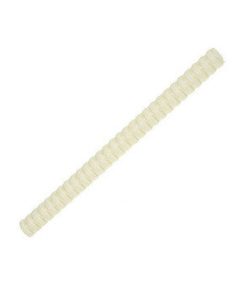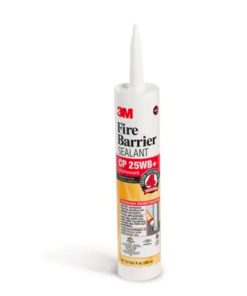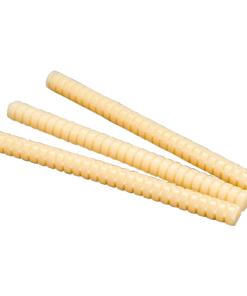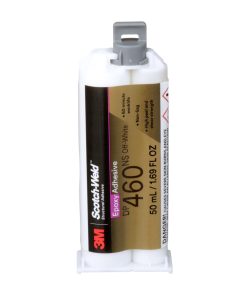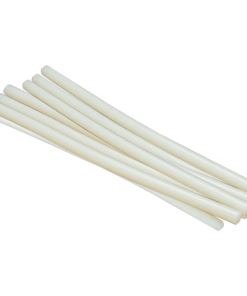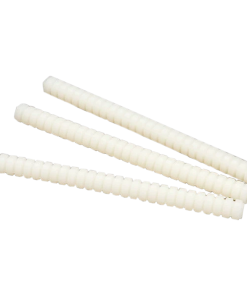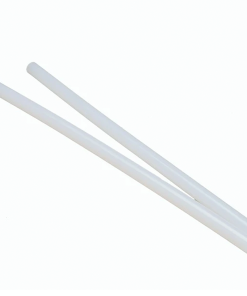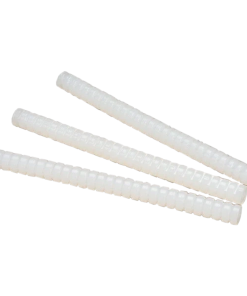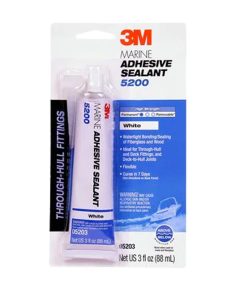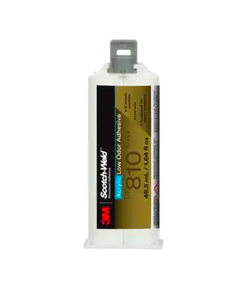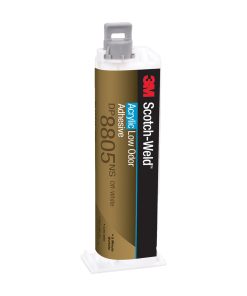Magna TAC E645 Epoxy Kit – Parts A and B Beacon Adhesives
$ 3.575,00 $ 893,75
E645 Epoxy Kit Overview
The Magna TAC E645 is a strong, two-part epoxy adhesive with great bond strength and is often used in the aerospace or manufacturing sectors.
*Please Note: Shipping prices for this product will reflect hazardous shipping fee*
Magna-Tac E645 is a two-part, thermosetting, formulated epoxy adhesive for bonding stack laminations used in stators, rotors, gyros, servomechanisms, synchros, transformers and magnetic amplifiers. It can also be used as an insulating varnish for impregnated coils and small electrical equipment. Bonding is achieved by heat. Only sufficient pressure to assure complete contact is needed. Because so little adhesive is needed to accomplish a strong bond which resists shear stress, Magna-Tac E645 has proved practical as an adhesive/dielectric in the fabrication of magnetic accelerator units such as cyclotrons and cosmotrons.
Additional Information
Magna-Tac E645 is a strong metal-to-metal adhesive. Because of its excellent mechanical strength plus its resistance to many solvents, water, atmospheric conditions and temperature changes, this adhesive is adaptable to many industrial uses. It is particularly suited to the bonding of large surface areas and mass production processing.
Caution! Magna-Tac E645 contains a volatile, combustible solvent and requires adequate ventilation.
Methods of Stack Lamination
Most companies develop their own techniques to bond stack laminates most efficiently. The three most common are:
1. Coil or Stack, then Vacuum Impregnate: Stack cleaned metal in flat sheets separated on a mandrel or in coils. In a pot or kettle, under vacuum, remove all entrapped air. Pressure-force adhesive between layers. Drain. Apply vacuum to remove solvent vapors. Heat cure. Cut to shape if required.
2. Precoat, then stack: Stack parts to shape and clean. Deposit a thin film of adhesive on each surface to be bonded. Dry. Store if necessary. Assemble into stack and heat cure.
3. Coat, Stamp & Stack: Spray or roll coat adhesive onto both sides of flat sheets. Dry. Stamp to shape. Lay up adhesive-coated laminates and heat cure.
Applying Magna TAC E645
Applying the adhesive Mixed Magna-Tac E645 can be applied by brushing, spraying, dipping or roller coating. For very small parts, it can be dispensed easily through a hypodermic needle. For maximum adhesive, all surfaces must be perfectly clean and thoroughly degreased. For improved strength and chemical resistance, sandblast or treat the surfaces chemically. These treatments will vary according to the material, of course. Operators hands must be free from grease or oil while handling coated and uncoated parts.
Magna TAC E645 Cure Time
E645 must be thoroughly dried before curing. Drying may be accomplished at room temperature or by forced drying in circulating air ovens. If all of the solvent is not removed before curing, blisters or weakening of the adhesive film will result. Thick or highly diluted films will take longer to dry. At normal room temperatures, air drying may take 4-8 hours. For best results, force dry at 125F for 60 mins or at 200F for 10 minutes. Do not dry at temperatures above 250F (adhesive will start to cure at that temp). The adhesive dries to a tack free surface at room temperature. Coated parts may be stored before curing for periods of up to 6 months at room temperature. However, the adhesive film must be clean and dry.
Heat Curing E645 Epoxy
The hardening agent (Part II) of MagnaTac E645 is reactive above 250F. Normal cure temperatures at the glue line range from 265F-400F. Curing temperature below 375F are recommended because it is practically impossible to degrade the adhesive in that range even if the recommended curing time is exceeded. Before curing, Magna-Tac E645 is thermoplastic and flows freely as the temperature is raised.
This allows the films to fuse to a stronger bond and assures complete “wetting” of the materials being bonded. For certain specialized applications, however, some users prefer to retard the normal flowout. This can be done by partially curing the adhesive at contact pressure only for about 1/4 to 1/2 the “minimum gel time” shown in figure 1. Any of the normal time and temperature cycles listed may then be used for subsequent curing… but with slightly increased pressure.
Fast Shipping and Professional Packing
Our long-standing relationships with UPS FedEx DHL and other international carriers gives us the ability to provide an array of shipping services. Our warehouse staff are educated to pack your items exactly according to the specifications that we supply. Before they are shipped the goods are thoroughly inspected and secured. Every day we ship hundreds of packages to our customers from all over the world. This is an indication of our dedication to being the biggest online retailer in the world. There are distribution centers and warehouses across Europe and the USA.
Orders with more than 1 item are assigned processing times according to each item.
Prior to shipping before shipping, we'll conduct a thorough inspection of the items you have ordered. The majority of orders today are shipped in 48 hours. The expected delivery time will be between 3-7 days.
Returns
The stock is constantly changing and not fully managed by us due to the involvement of multiple parties including the factory and our warehouse. This means that the actual stock could fluctuate at any moment. It is possible that your order may be out of stock when the order is placed.
Our policy is valid for 30 days. Unfortunately, if 30 days have passed after you bought your item, we will not be able to provide a refund or exchange.
In order for your item to be eligible for return it must be in its original packaging, unopened and in the condition you received it. It should also be returned in its original packaging.
Related products
Methacrylate (MMA)
Acrylic Adhesive
Hot Glue Sticks
Acrylic Adhesive
Methacrylate (MMA)
Hot Glue Sticks
Methacrylate (MMA)
Hot Glue Sticks
Hot Glue Sticks
Hot Glue Sticks
Hot Glue Sticks
Hot Glue Sticks
PUR Hot Melt
Hot Glue Sticks
Methacrylate (MMA)
Silicone
Hot Glue Sticks
3M 3748 Glue Sticks for Electronics and Potting – PG Sticks 3M
Hot Glue Sticks
Spray Adhesives
Methacrylate (MMA)
Methacrylate (MMA)
Spray Adhesives
